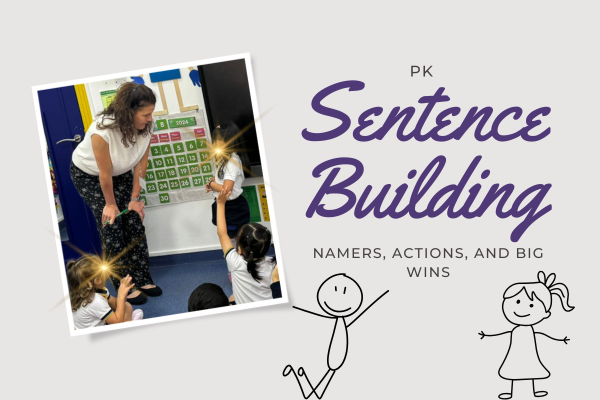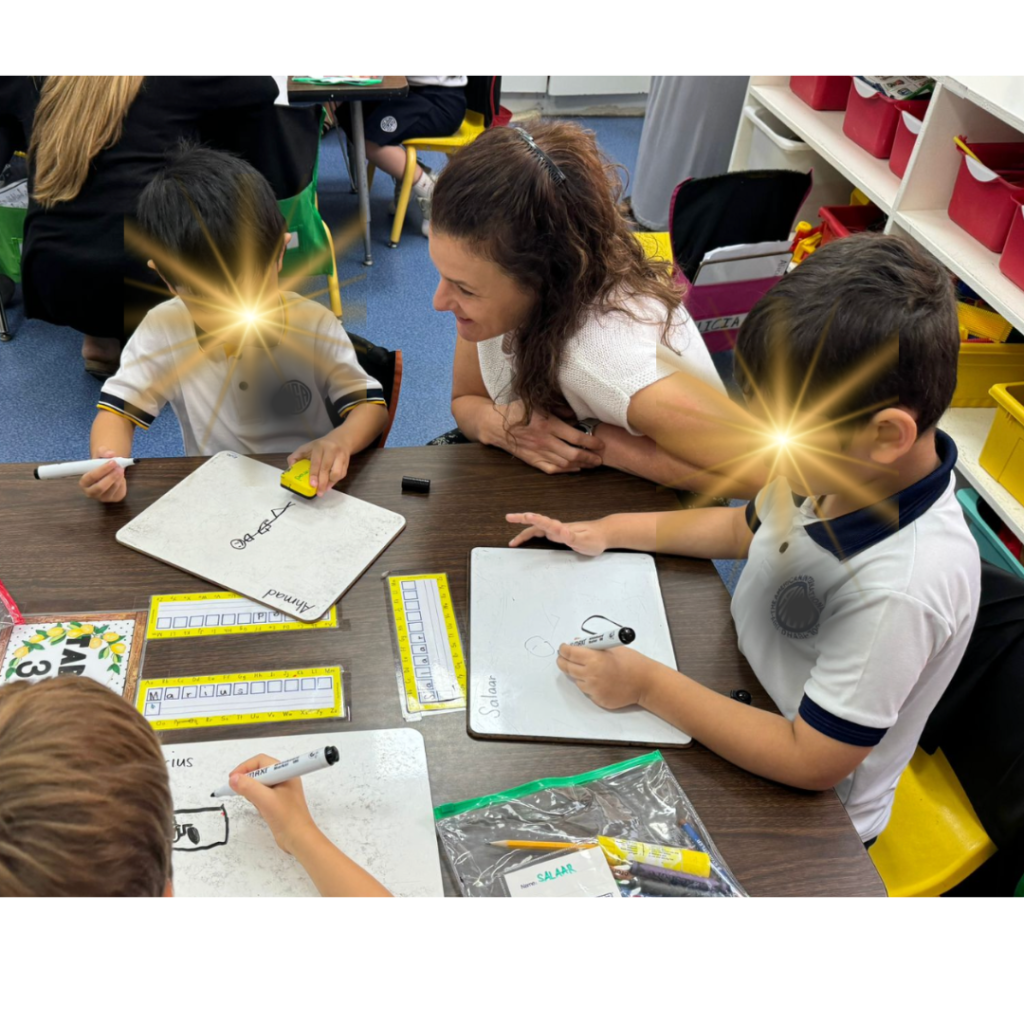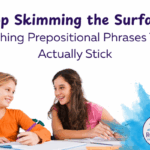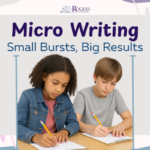Building Sentences in Pre-K? Absolutely!
Think Pre-K students are too young to learn about parts of speech? Spoiler alert: they’re not! Last month, I worked with a Pre-K class transitioning from Writers’ Workshop to a more structured writing approach. The goal? To introduce the idea that every sentence needs a namer (subject) and an action (verb).
Sounds ambitious, right? Nope! These little ones were up to the challenge, and it all started with a classic game of Simon Says. Because let’s be real—what 4-year-old doesn’t love a good game?
Action Bank: Building Vocabulary Through Play
We kicked off with “Simon Says,” using action-packed commands like:
- Simon says, jump!
- Simon says, spin!
- Simon says, turn!
Beyond getting the wiggles out, this activity immersed students in a bank of verbs—actions they could later use in their sentences. Play isn’t just fun; it’s a sneaky way to scaffold learning.
Once we’d played for a while, we gathered on the carpet. I asked students to share more actions with their thought partners using the sentence stem, “I like to ___.” My job during this time? Eavesdropping. (Yes, being nosy is a teacher’s superpower.) This formative assessment let me gauge their readiness to start building sentences.
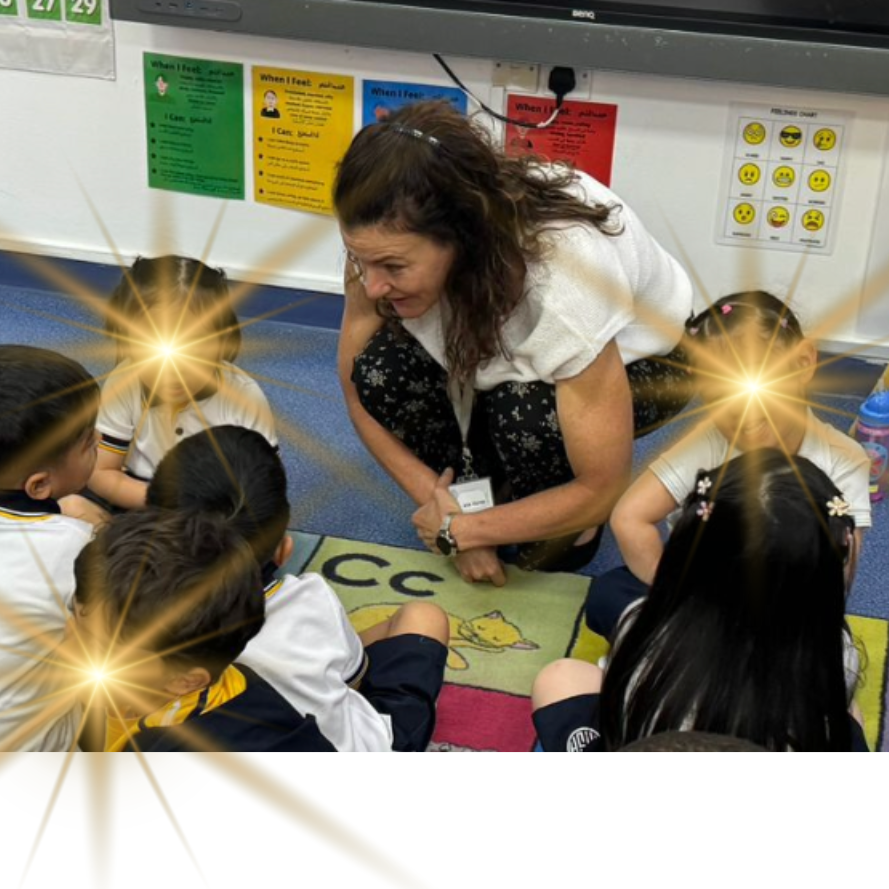
Sentence Magic: Bringing “Namers” and Actions Together
Next, I called up four students one at a time. Here’s how we broke it down:
- The student shared their name.
- I explained that their name is the “namer” in our sentence—every sentence is about someone or something.
- The student demonstrated their action. (Cue adorable spins, jumps, and dances!)
- As a class, we wrote a simple sentence like: Abby spins.
- I repeated (and repeated again): “Every sentence needs a namer and an action!”
By the fourth sentence, students were yelling it back to me. That’s the magic of repetition—it turns concepts into second nature.
Independent Practice: Bringing It Home
Students then returned to their seats to draw themselves performing an action. Depending on their readiness, they labeled or wrote their own sentence. From scribbles to full sentences, every child engaged at their own level—and every single one left the lesson understanding that a sentence needs two things: a namer and an action.
Why This Lesson Works
- It’s Active: Kids learn through doing, and this lesson had them moving, talking, and thinking.
- It’s Scaffolded: The steps—from verbal practice to whole-group sentences to independent work—helped build confidence and understanding.
- It’s Fun: When learning feels like play, engagement skyrockets.
Your Turn: Try It Out!
Want to give this a go in your classroom? Start with a quick action game like Simon Says. Build from there by connecting the actions to “namers” (students love talking about themselves!) and writing simple sentences. Remember: focus on function over terminology at first.
And hey, if you’ve got a similar strategy for introducing writing basics to young learners, drop it in the comments or shoot me a message! Let’s share ideas and keep building strong foundations for our little learners—one action-packed sentence at a time.
Ready to turn “too young for grammar” into “too fun to miss”? Let’s make it happen!
